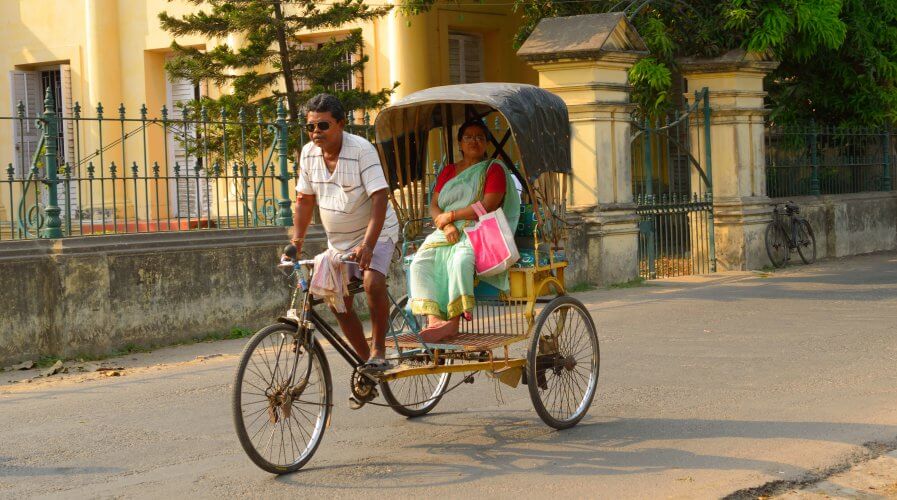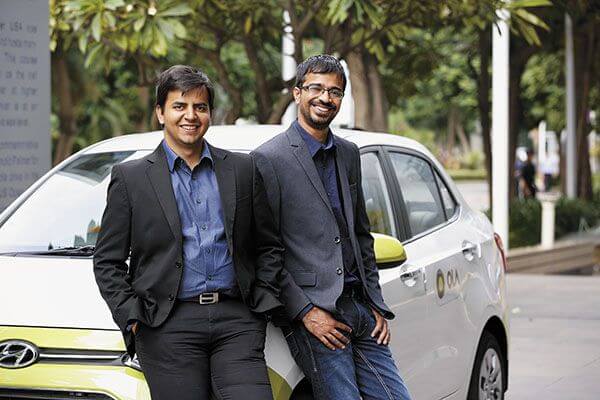
India is introducing a new fare system to help traditional transport stay relevant. Source: Shutterstock
India’s plan to boost local transport could harm Uber and Ola
A MAHARASHTRA government-endorsed panel recently proposed a new, incentivized fare system for taxis, autorickshaws and ride-hailing services in India in order to give local transportation options an economic boost.
According to the state-appointed Khatua committee, it would be best for transport firms in the country to roll out a “happy hour” system for commuters, which feature discounted rates for customers using public transportation between 12 p.m. and 4 p.m.
The committee’s report has already been uploaded to India’s transport commissioner’s website, according to an INC42 report. While the proposed happy hour system has not been officially rolled out as of date, there is a huge sign that the discounted fare rates will soon be available for commuters.
According to the Khatua committee’s report, the new, incentivized fare system is designed to attract more commuters within the target 12pm – 4pm time bracket. The state-appointed panel, however, asserted that the discounts would not apply to the base rate that commuters pay for. Instead, the incentives would be rolled out for commutes that are at least longer than 1.5 km.

Maharashtra will introduce a new “happy hour” fare to help boost support for local transportation. Source: Shutterstock
Overall, Khatua’s recommendations are ultimately designed to aid taxis, autorickshaws and ride-hailing services in acquiring more passengers during the day’s otherwise lean hours. With the happy hour system, even commuters who have no fixed travel times will be able to enjoy the privileges of traveling with discounted rates, as noted in an Economic Times report.
“This new concept will turn lean hours to happy hours, especially for housewives and senior citizens who don’t have fixed time schedule for their outings. This will fetch more ridership to the taxi and autorickshaw drivers during the lean period. This will also create new travel pattern during the happy hours,” the committee stated in its report, according to the Times.
The Khatua committee did not stop there, however, as the state-appointed panel also suggested a telescopic fare structure for transport firms operating within the Mumbai metropolitan area. The proposed system is designed to reduce tariffs on commutes that go further than 8km.

Ola founders (from left) Bhavish Aggarwal and Ankit Bhati. Source: Ola
India’s most popular ride-hailing services such as Uber and Ola are directly affected by the state-appointed committee’s proposed system, with floor and ceiling prices between INR12 – INR38 being fixed across categories.
Under Khatua’s proposal, ride-hailing drivers with base model vehicles will be allowed to charge between IDR14 – IDR26, while those with midsize vehicles can charge INR16 – INR32. Drivers behind the wheel of premium cars can charge between INR16 to INR38.
According to the state-appointed committee’s report, the fixed categories for base, mid-level and premium vehicles is designed to prevent exploitative pricing, which goes against the best interest of commuters.
Commuters in India have been saturated with both traditional and emerging forms of transportation over the past few years. With conventional services such as taxi cabs, autorickshaws, mobile Internet-driven services and a substantial commuting population, India is becoming one of Asia’s most lucrative transportation markets.
READ MORE
- Ethical AI: The renewed importance of safeguarding data and customer privacy in Generative AI applications
- How Japan balances AI-driven opportunities with cybersecurity needs
- Deploying SASE: Benchmarking your approach
- Insurance everywhere all at once: the digital transformation of the APAC insurance industry
- Google parent Alphabet eyes HubSpot: A potential acquisition shaping the future of CRM




